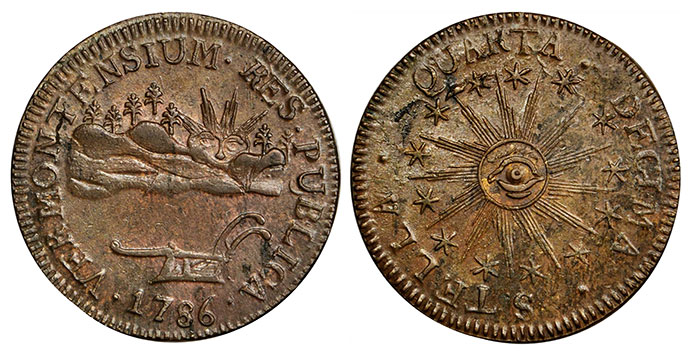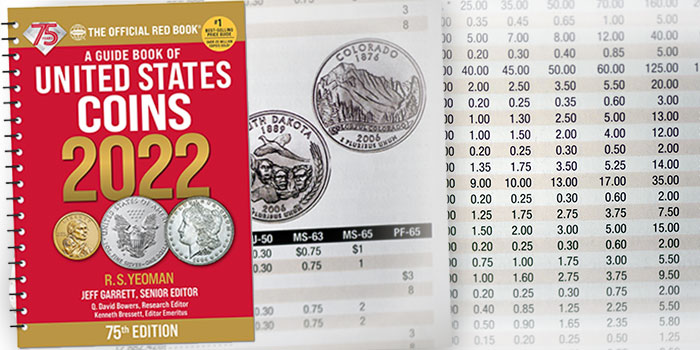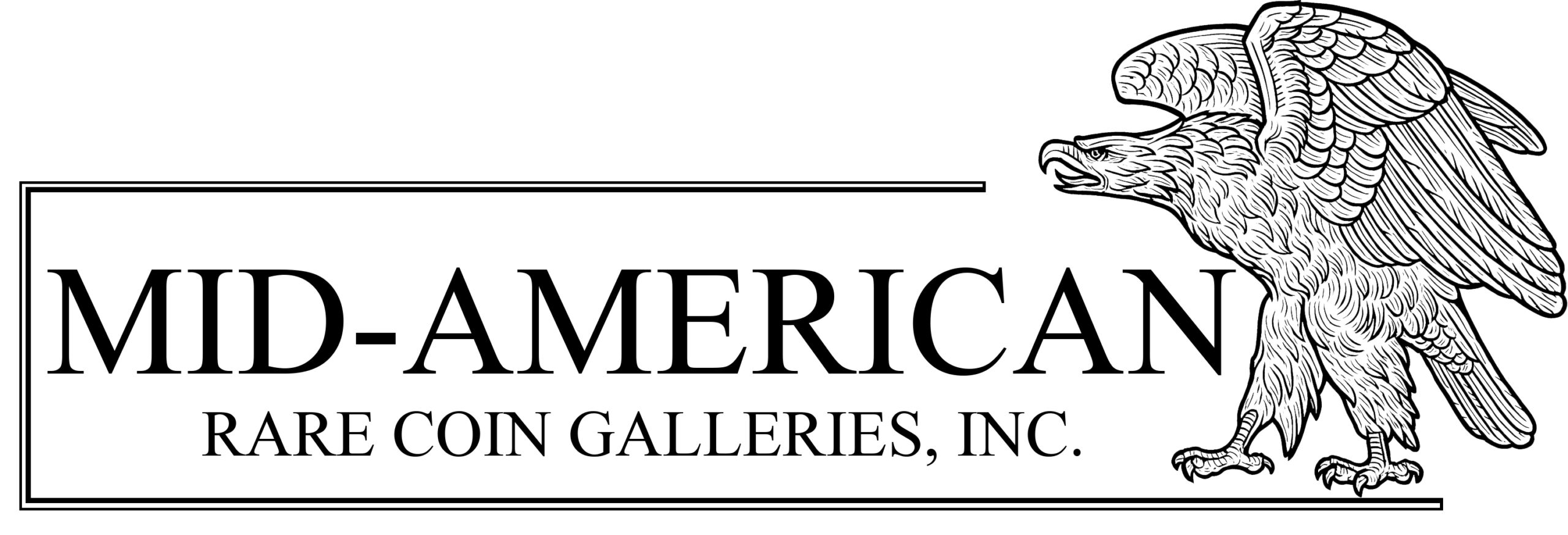Hardly a day goes by that a collector or dealer does not call me to consult on the value of a rare or unusual numismatic item. One of the skills most frequently utilized by professional coin dealers is the ability to accurately value coins when buying or selling. This must be done with precision, as there can sometimes be hundreds or thousands of dollars involved.
Like myself, most coin dealers use the usual price guides such as the Greysheet, the Red Book, third-party grading service price guides, and other pricing tools. In most cases, one of these (or a combination of price guides) provides enough information to make an accurate decision.
Usually, a dealer or collector is trying to determine the value of something in their comfort zone; this means something they handle with frequency and understand the variables that come into play when determining value. For most coins, this has to do with an understanding of the coin’s appearance and how to interpret value based on the average example for the issue, which can be accomplished with some degree of experience.
The task becomes much more difficult when you encounter a coin that is outside of your comfort zone, or when you encounter something so rare that there’s little to no pricing information available. Sometimes the questions come from someone with little knowledge and the answer is easy and straightforward. Other times, the inquiry will be about a coin that has not traded in decades or is so rare and unusual that deep research is required. This is where it gets exciting!
Let’s start with the most commonly seen pricing dilemma: a rare coin in high grade with a low pop (number of examples graded). Although there are some coin price guides that cover items in high grades, these are somewhat unreliable. One of the biggest mistakes a dealer or collector can make is to underestimate the value of a high-grade, low-pop coin.
In recent years, these coins have become the focus of intense bidding wars from collectors seeking to assemble the finest possible sets for registry competition. This applies to everything from Proof gold to Jefferson nickels. For the finest-known specimen of almost anything, you can, as the old saying goes, “throw out the book.” I am frequently astounded by the prices that coins of this caliber bring.
For high-grade, low-pop coins, the competition varies depending on the popularity of the series. It also varies depending on how many players are vying for the top coins of each series – the numbers can and do change for those seeking to build the finest-known sets. A few years ago, Washington quarters were on fire, with several collectors fighting each other when high-grade quarters surfaced. Prices realized at auction reached incredible levels.

Unfortunately, a few of these players have dropped out of the bidding and prices have softened somewhat for anything less than the finest known. In contrast, top pops in other series, such as Morgan dollars and silver commemoratives, are as hot as ever.
As mentioned above, auction records play a large role in determining the value of these top-end rare coins. Having access to these records has never been easier for the average collector. NGC now offers this service, as do many of the auction companies themselves. At Mid-American Rare Coin Gallery, we maintain a complete library of auction catalogs spanning several decades. The internet has made the task of researching auction records much easier.
A decade or so ago, collectors were kept in the dark about information that they now take for granted. I have been told by several serious collectors that they would not commit the sums of money they have invested in rare coins without the aid of auction records to verify the values of the coins they purchase.
Auction records are useful, but they do not always tell the full picture. A coin might bring an incredible price because it was considered under-graded or simply fantastic for the grade. Coins with beautiful color can sometimes command serious premiums. Also, you might encounter a coin that has not traded at auction in decades.
A few months ago, another dealer contacted me about an opportunity he had to purchase a gold coin. The coin is very rare, and none had been offered on the market in over 10 years. Most of the price guides list the coin at around $250,000 USD retail. The population data was useful but confusing, because I knew the coin was rarer than the pops indicated (probably because of re-submissions from dealers who had not returned certification labels).
Even though none of this particular coin had been offered in years, other coins of similar popularity and rarity had sold for much more at auction recently. The coin was purchased for substantially more than $250,000. Although the buying decision was made on an educated guess, the chances for success are much greater when all factors for determining value are utilized.

Another valuable resource to use when trying to value a coin that is not covered by the price guides is to consult with an expert in the series being considered. Today, there are more specialists in numismatics than ever before. If you have a rare and unusual Colonial coin, you will do well to consult an expert in this field; the same can be said for World and Ancient coins.
The value of a relationship with experts in the series you have decided to collect will prove to be an extremely useful tool. These experts not only help locate rare coins; they can also supply pricing information that only years of experience can provide.
The use of an expert is especially important these days given the “crazy” prices some coins are bringing at auction. You need a steady hand when trying to buy rare coins based on recent auction records. Just because two collectors displayed “irrational exuberance” when bidding does not mean this is the *true* value of that coin. There are lots of subtle factors that sometimes only an expert can help explain.
Many of the price guides for World coins are years behind those for U.S. numismatics. Most of them list just two or three grades for the majority of coins, with the top level being Uncirculated. World coins have surged in demand over the last few years, and quality is definitely desired. Price guides for World coins will probably become much more sophisticated in years to come.
 Auction records for World coins are only now becoming readily available. Until several years ago, the market for World coins was largely for uncertified coins. Now, the demand from collectors seeking the safety of third-party grading and authentication has exploded. As this market grows more sophisticated, expect this trend to continue.
Auction records for World coins are only now becoming readily available. Until several years ago, the market for World coins was largely for uncertified coins. Now, the demand from collectors seeking the safety of third-party grading and authentication has exploded. As this market grows more sophisticated, expect this trend to continue.
Rare coins are unlike stocks, bonds, or precious metals. Prices are not listed daily in the newspaper and price guides are just that — guides to value. Collectors need to utilize every asset available to determine the value of coins when making a purchase or sale decision.
Price guides are useful, yes, but sometimes you need to dig a bit deeper when dealing with coins with little to no price information. For many coins, the stakes are high, and making a hasty decision can be costly. Whether you love Jefferson nickels or Proof U.S. gold coins, understanding how they are valued is essential for you to become a successful collector!
